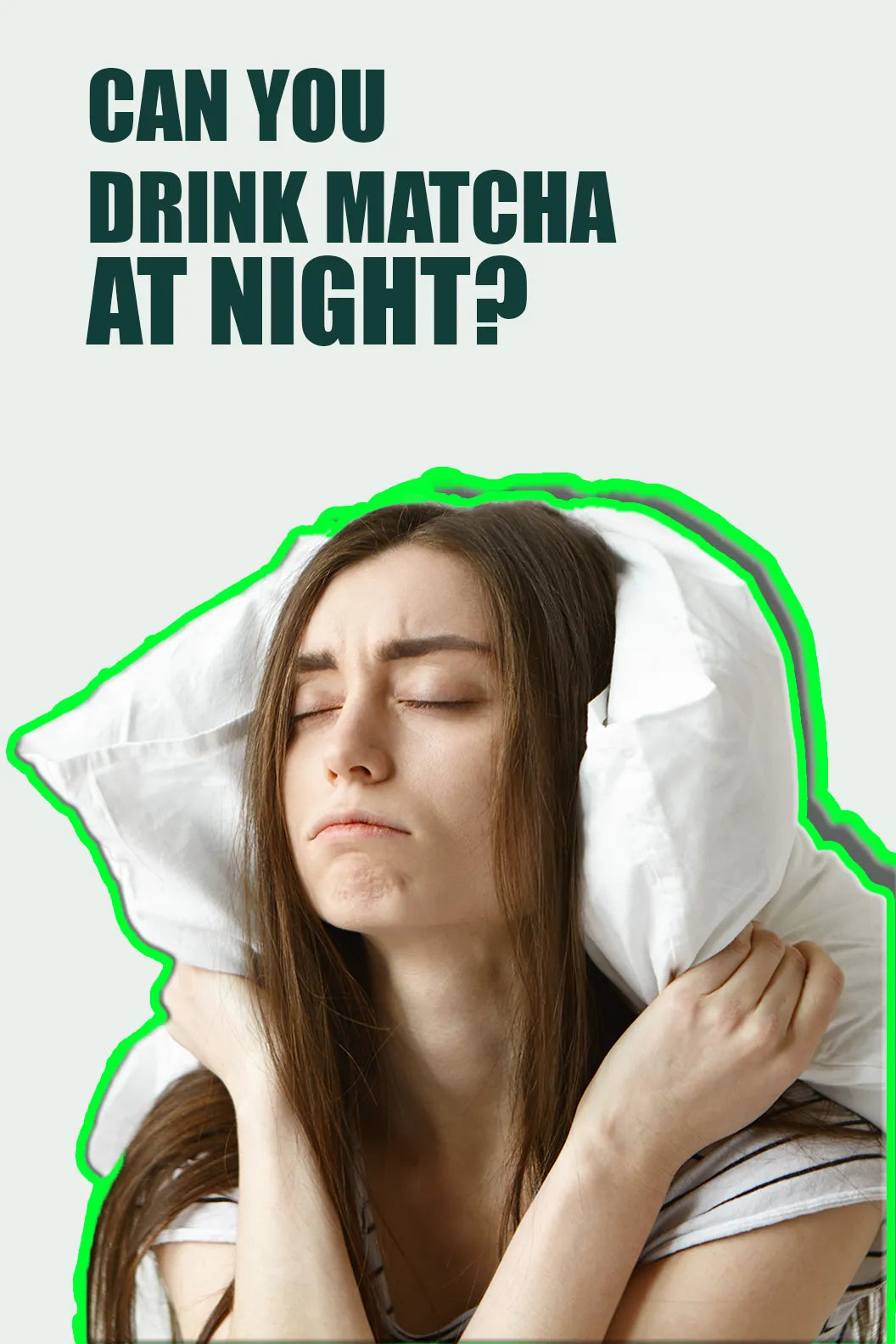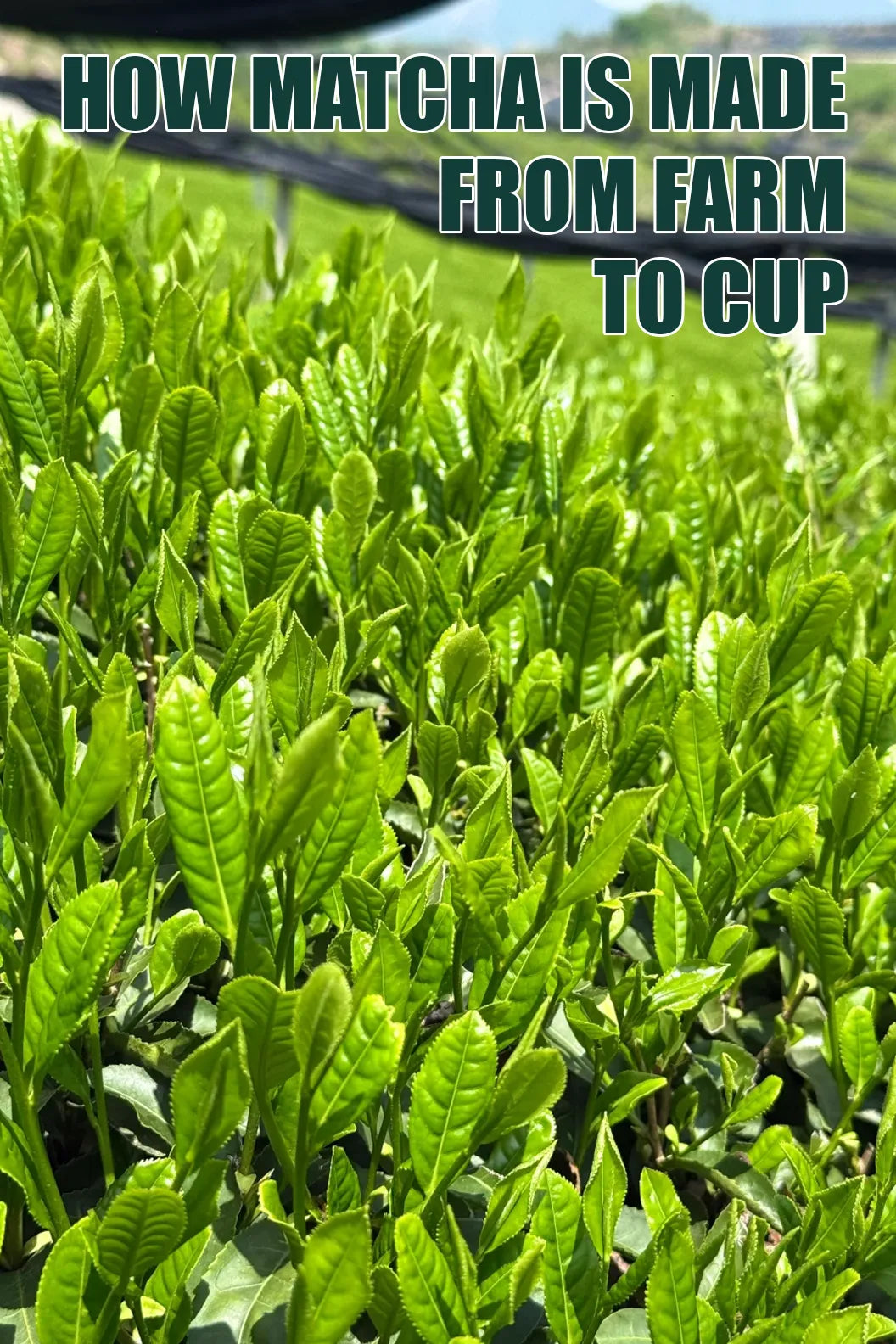Everything you need to know about matcha bowls—from centuries of Japanese tea ceremony to selecting your ideal set.
🏺 The History of Matcha Bowls: From Tea Ceremonies to Modern Homes
The tradition of matcha bowls (chawan) dates back to 12th-century Japan, when Zen monks introduced powdered tea from China. By the 16th century, chawan became central to chanoyu—the Japanese tea ceremony—where bowl aesthetics and harmony were paramount.
Artisans from regions like Mino and Karatsu developed bowls optimized for whisking, heat retention, and embodying wabi-sabi—the beauty of imperfection. Over time these ceremonial wares evolved into everyday tools cherished in modern kitchens.
🇨🇳 Chinese Tea Bowls vs 🇯🇵 Japanese Matcha Bowls
Though Chinese Song Dynasty tea bowls (like Jianzhan) influenced Japanese matcha bowls, the evolution diverged significantly:
1. Historical Origins
-
Chinese Jianzhan bowls featured iron‑rich clay and unique kiln patterns such as “rabbit fur” and “oil spot.” They were heavy, heat‑retaining and used for powdered teas in the Song era.
-
Japanese matcha bowls, post‑16th century Sen no Rikyū reform, embraced muted glazing, irregular forms, and a focus on mindfulness.
2. Craftsmanship & Materials
Chinese bowls often use porcelain or celadon with symmetrical designs, while Japanese bowls favor earthenware with matte glazes and intentionally irregular shapes symbolizing ichigo ichie—unique moments.
3. Functional Design
-
Chinese bowls were broader and deeper for whisking diancha.
-
Japanese bowls typically measure 12–15cm in diameter, shallow, with slightly flared rims to allow free bamboo whisk movement.
What Is a Matcha Bowl & Why It’s More Than Just a Cup
A true matcha bowl supports proper whisking and preservation of flavor:
-
Wide, shallow shape for whisking airflow
-
Thick walls to retain warmth
-
Smooth interior to avoid powder cling
A complete set often includes bowl, chasen, whisk stand, and chashaku—each component designed to work together.
Materials & Craftsmanship:Handmade vs Modern
|
Material |
Characteristics |
Best For |
|---|---|---|
|
Ceramic (Mino-yaki) |
Durable, heat-balanced, easy cleaning |
Daily use/beginners |
|
Porcelain |
Fine, smooth, less heat retention |
Quick sips, vibrant color |
|
Earthenware/Raku |
Breathable, develops patina over time |
Ceremony, rustic aesthetics |
Handmade bowls may bear signatures and glaze variations, adding personality. For consistency and affordability, mass-produced sets can still be food-safe and chasen-friendly.
How to Use a Matcha Bowl: Step-by-Step
-
Warm & rinse the bowl with warm water
-
Sift 1–2g matcha into the bowl (reduces clumps)
👉 To learn more about matcha's benefits, please check this page:Matcha Tea Benefits – Leafmill
-
Add 60–70°C water (~60–80 ml)
-
Whisk in a “W” motion (~10–15 sec) until frothy foam
-
Serve immediately or pour into a mug
-
Rinse with warm water only, air-dry upside down
How to Choose the Best Matcha Bowl: 5 Key Factors
-
Size – Standard 12–15 cm diameter; 15–18 cm for latte-style bowls
-
Shape – Choose flared rims and curved bodies for proper whisking
-
Material – Ceramic for beginners; Raku or earthenware for ceremony
-
Glaze & Color – Matte finishes hide stains; earth tones complement the tea
-
Set vs Individual – Beginners benefit from buying complete sets
👉 Recommended: Use a bamboo chasen. Check it out:Leafmill Jingshan Bamboo Chasen
👉 If you need a complete tool set, it’s available.:Leafmill Traditional Tools Matcha Tea Set
FAQ: Matcha Bowls & Sets
Q: Can I use a regular cup instead of a matcha bowl?
A: You can, but a narrow cup restricts whisk movement and leads to clumping. A chawan ensures optimal whisking and foam.
Q: How do I care for a handmade chawan?
A: Use warm water only. Avoid soap or temperature extremes. The bowl’s patina improves with gentle use.
Q: Are Chinese Jianzhan bowls good for matcha?
A: Yes—they were originally used for powdered tea. Just rinse thoroughly as textured interiors can trap residue.
Q: How can I tell if a matcha bowl is high quality?
A: Look for a smooth interior, stable base, and substantial feel—not lightweight—indicating good heat retention.
Final Verdict: Choose a Bowl That Aligns with Your Ritual
Whether you prefer handmade Mino-yaki, Song-style replicas, or modern daily sets, the best matcha bowl enriches the ritual—bringing serenity, focus, and aesthetic satisfaction.
👉 Ready to elevate your matcha experience? Visit our curated Matcha Bowl & Tea Set collection for carefully tested options.



